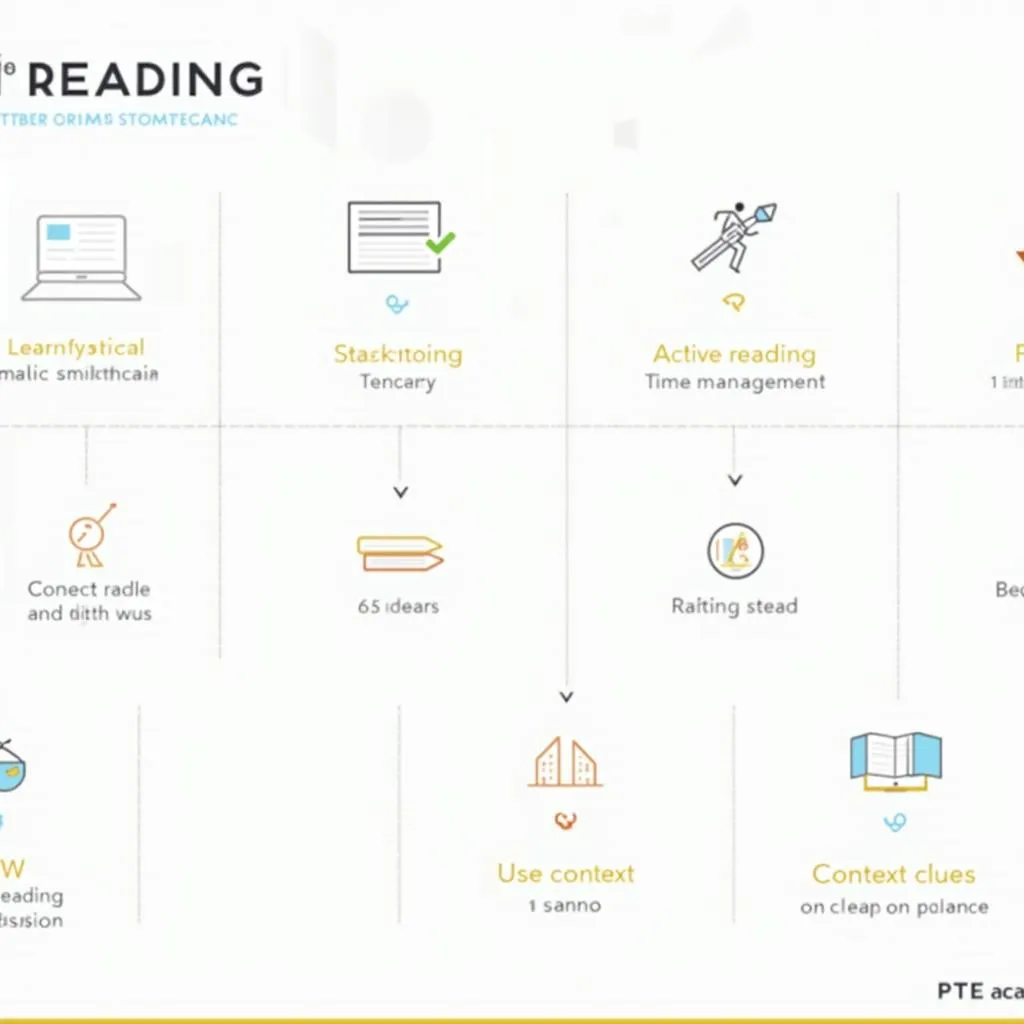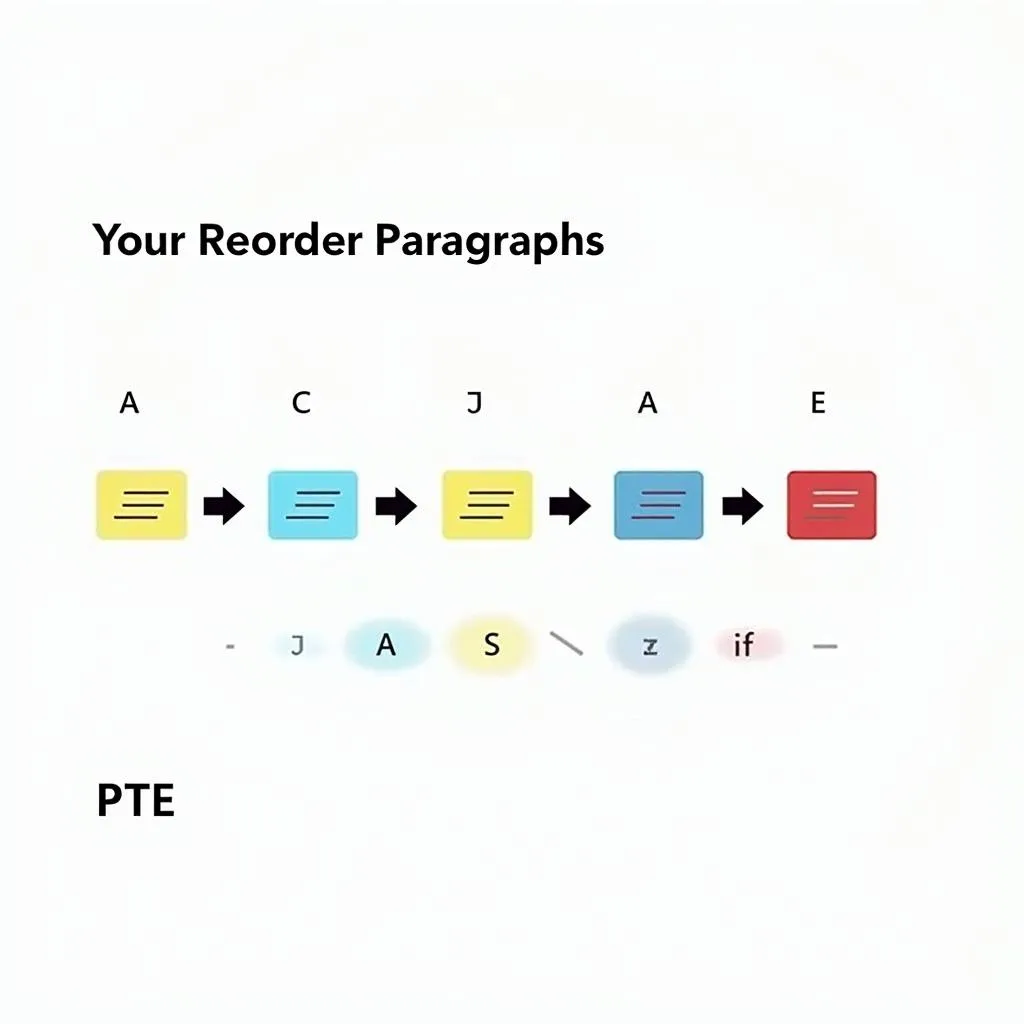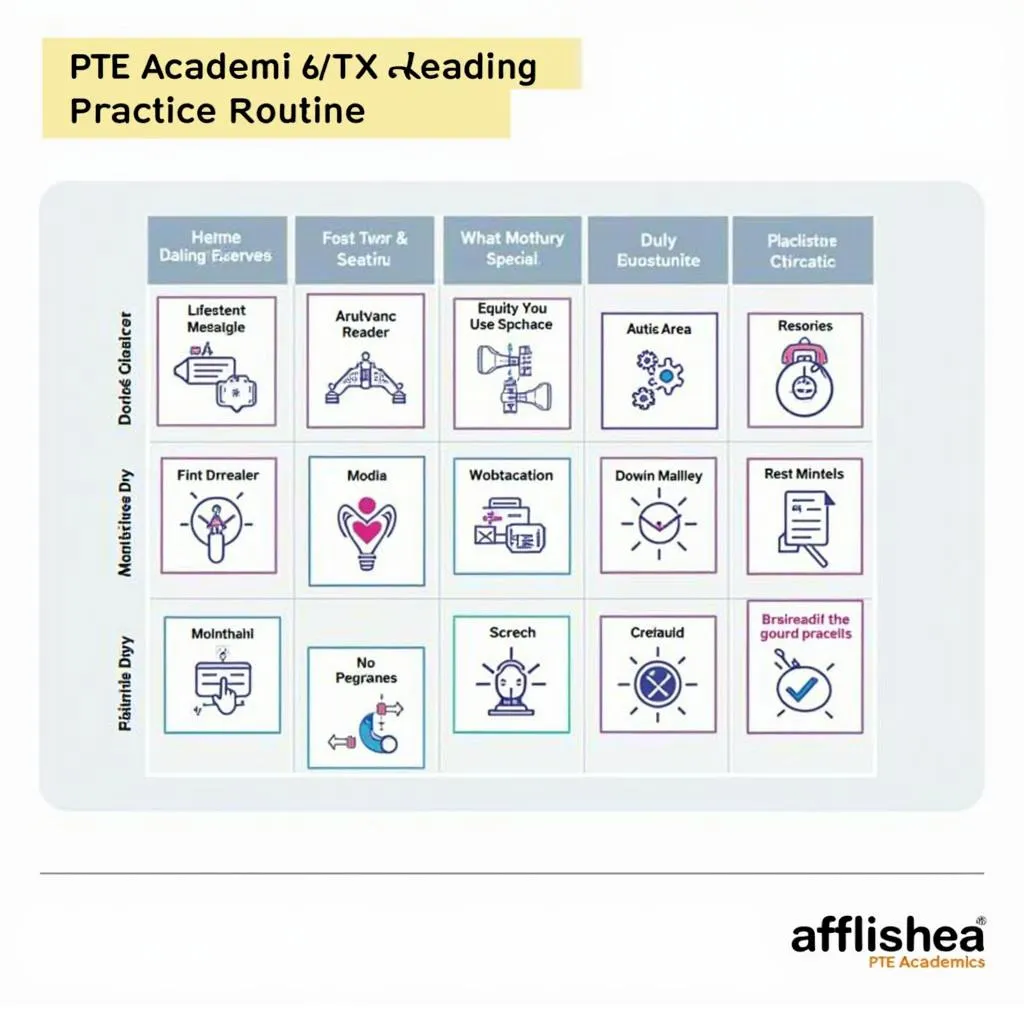Reading comprehension is a crucial component of the PTE Academic test, challenging test-takers to demonstrate their English language proficiency. To excel in this section, you need a combination of effective strategies and consistent practice. This comprehensive guide will provide you with expert tips and valuable practice exercises to boost your PTE Academic reading comprehension skills.
Understanding the PTE Academic Reading Section
Before diving into practice exercises, it’s essential to grasp the structure and expectations of the PTE Academic reading section. This part of the test assesses your ability to understand written English in academic and general contexts.
Types of Questions
The reading section includes various question types, such as:
- Multiple choice (single answer)
- Multiple choice (multiple answers)
- Re-order paragraphs
- Fill in the blanks
- Reading & writing: Fill in the blanks
Each question type requires a specific approach and skill set. Familiarizing yourself with these formats is crucial for success.
Best study materials for PTE reading can provide you with a comprehensive overview of these question types and targeted practice materials.
Expert Tips for PTE Academic Reading Comprehension
To excel in the reading comprehension section, consider the following expert-approved strategies:
-
Improve your vocabulary: A robust vocabulary is essential for understanding academic texts. Focus on learning academic words and phrases commonly used in PTE materials.
-
Practice active reading: Don’t just passively scan the text. Engage with the content by asking questions, making mental notes, and summarizing key points as you read.
-
Develop time management skills: The PTE Academic test is timed, so practice reading efficiently under pressure. Allocate your time wisely across different question types.
-
Use context clues: When encountering unfamiliar words, try to decipher their meaning from the surrounding context. This skill is valuable for both vocabulary questions and overall comprehension.
-
Focus on main ideas: Train yourself to identify the main ideas and supporting details in each paragraph. This skill is particularly useful for multiple-choice questions and paragraph reordering tasks.
 Effective strategies for PTE Academic reading comprehension
Effective strategies for PTE Academic reading comprehension
Practice Exercises for PTE Academic Reading Comprehension
Now that we’ve covered the essential strategies, let’s dive into some practice exercises to hone your skills.
Exercise 1: Multiple Choice (Single Answer)
Read the following passage and answer the question below:
Climate change is one of the most pressing issues of our time. It affects every aspect of our lives, from the food we eat to the air we breathe. Scientists have overwhelmingly concluded that human activities, particularly the burning of fossil fuels, are the primary drivers of global warming. As temperatures rise, we are witnessing more frequent and severe weather events, rising sea levels, and disruptions to ecosystems worldwide.
Question: What is the main cause of climate change according to the passage?
A) Natural climate cycles
B) Deforestation
C) Burning of fossil fuels
D) Industrial pollution
Answer: C) Burning of fossil fuels
Explanation: The passage clearly states that “Scientists have overwhelmingly concluded that human activities, particularly the burning of fossil fuels, are the primary drivers of global warming.”
Exercise 2: Re-order Paragraphs
Arrange the following paragraphs in the correct order to form a coherent text:
A) However, recent studies have shown that moderate coffee consumption may actually have several health benefits.
B) Coffee is one of the most popular beverages worldwide, with millions of people starting their day with a cup of this aromatic drink.
C) These benefits include improved cognitive function, increased metabolism, and a lower risk of certain diseases such as type 2 diabetes and Parkinson’s disease.
D) For years, coffee was often viewed negatively due to its caffeine content and potential to cause jitters and sleep disturbances.
E) As with any dietary component, moderation is key, and individuals should consult with their healthcare providers about their specific coffee consumption.
Correct Order: B, D, A, C, E
Explanation: The paragraph starts with an introduction to coffee’s popularity (B), followed by its historical negative perception (D). It then transitions to recent studies showing benefits (A), elaborates on these benefits (C), and concludes with a note on moderation (E).
 Practice exercise for reordering paragraphs in PTE Academic reading
Practice exercise for reordering paragraphs in PTE Academic reading
Exercise 3: Fill in the Blanks
Complete the passage by selecting the correct word from the options provided:
The human brain is an incredibly (complex/complicated/intricate) organ, capable of processing vast amounts of information in mere seconds. It is responsible for our thoughts, emotions, and (actions/activities/behaviors), as well as controlling vital bodily functions. Neuroscientists continue to (explore/investigate/research) the mysteries of the brain, uncovering new insights into its structure and function. Recent advances in brain imaging techniques have allowed researchers to (observe/view/see) brain activity in real-time, providing valuable information about how different regions of the brain ___ (interact/communicate/collaborate) with each other.
Answers: complex, actions, explore, observe, interact
Explanation: These words best fit the context of the passage, maintaining proper grammar and conveying the intended meaning about the complexity and functioning of the human brain.
PTE academic reading tips for beginners can provide additional guidance on tackling these types of questions effectively.
Developing a Consistent Practice Routine
To truly excel in PTE Academic reading comprehension, consistency is key. Here are some tips to help you develop an effective practice routine:
- Set aside dedicated study time each day for reading practice.
- Use a variety of authentic materials, including academic journals, news articles, and PTE-specific practice tests.
- Time yourself during practice sessions to improve your speed and efficiency.
- Analyze your mistakes and focus on improving your weak areas.
- Join study groups or online forums to share strategies and learn from others.
Remember, improvement takes time and effort. Be patient with yourself and celebrate small victories along the way.
 Effective PTE Academic reading practice routine
Effective PTE Academic reading practice routine
Conclusion
Mastering PTE Academic reading comprehension requires a combination of effective strategies, consistent practice, and dedication. By implementing the tips and engaging with the practice exercises provided in this guide, you’ll be well on your way to improving your reading skills and achieving your desired score in the PTE Academic test.
Remember, every learner’s journey is unique. How to prepare for PTE in 3 months offers a structured approach that can be tailored to your individual needs and timeline.
Keep practicing, stay motivated, and don’t hesitate to seek additional resources or guidance when needed. With persistence and the right approach, you can conquer the PTE Academic reading section and take a significant step towards your academic and professional goals.
Frequently Asked Questions
1. How long is the PTE Academic reading section?
The PTE Academic reading section typically lasts between 32-41 minutes, depending on the specific combination of questions in your test.
2. Can I use note-taking strategies during the reading section?
While you can’t use physical paper for notes, you can practice mental note-taking techniques to help you remember key information from the passages.
3. How can I improve my reading speed for the PTE Academic test?
Practice timed reading exercises regularly, focusing on both speed and comprehension. Gradually increase your reading pace while maintaining accuracy in understanding the content.
4. Are there any specific vocabulary lists I should study for PTE Academic reading?
While there’s no official vocabulary list, focusing on academic word lists and common PTE Academic vocabulary can be beneficial. Many PTE preparation resources offer targeted vocabulary practice.
5. How can I practice PTE reading comprehension in a noisy environment?
How to practice for PTE in noisy environments provides valuable tips for maintaining focus and adapting to various study conditions, which can be particularly useful for the reading section.